Gered Mankowitz: music photography uncovered
The legendary snapper on his career highs and lows and his unmissable new documentary
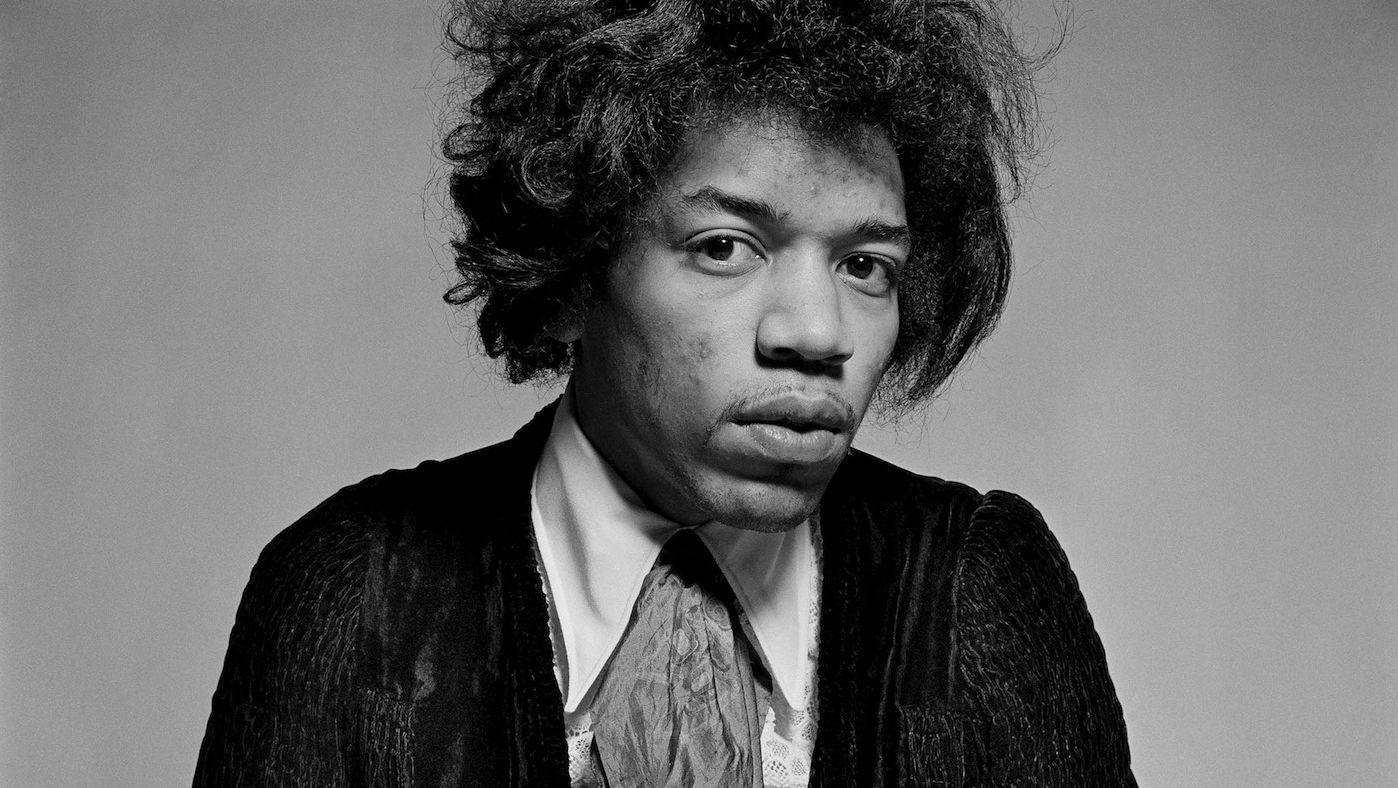
“At the end of every decade, I always felt I was too old for music,” laughs Gered Mankowitz. But that fear has proved unfounded time and again during his 55-year career, which has seen the legendary music photographer taking some of the most defining images of 20th century culture.
Mankowitz’s most famous photos include his 1967 portrait of Jimi Hendrix dressed in an embroidered military jacket (widely considered the most memorable picture ever taken of the musician) and his hazy image of The Rolling Stones captured on a chilly morning on London’s Primrose Hill for their 1966 album Between The Buttons. And then there’s his unforgettable soft-focused shot of a doe-eyed 19-year-old Kate Bush dressed in a pink leotard, used to promote her single Wuthering Heights in 1978. There’s no doubt that this eye-grabbing image - unabashedly risqué and daring for its time - raised the young songtress’s profile and laid the foundations for her meteoric rise to stardom.
In fact, it might be easier to mention the artists that the British photographer hasn’t shot than to name all the iconic musicians he’s lensed through the years. From the gravel-voiced Marianne Faithfull and the great jazz singer Annie Ross to the mild-mannered Cliff Richard and Mancunian enfants terribles Oasis, Mankowitz has immortalised them all.
The Week
Escape your echo chamber. Get the facts behind the news, plus analysis from multiple perspectives.

Sign up for The Week's Free Newsletters
From our morning news briefing to a weekly Good News Newsletter, get the best of The Week delivered directly to your inbox.
From our morning news briefing to a weekly Good News Newsletter, get the best of The Week delivered directly to your inbox.
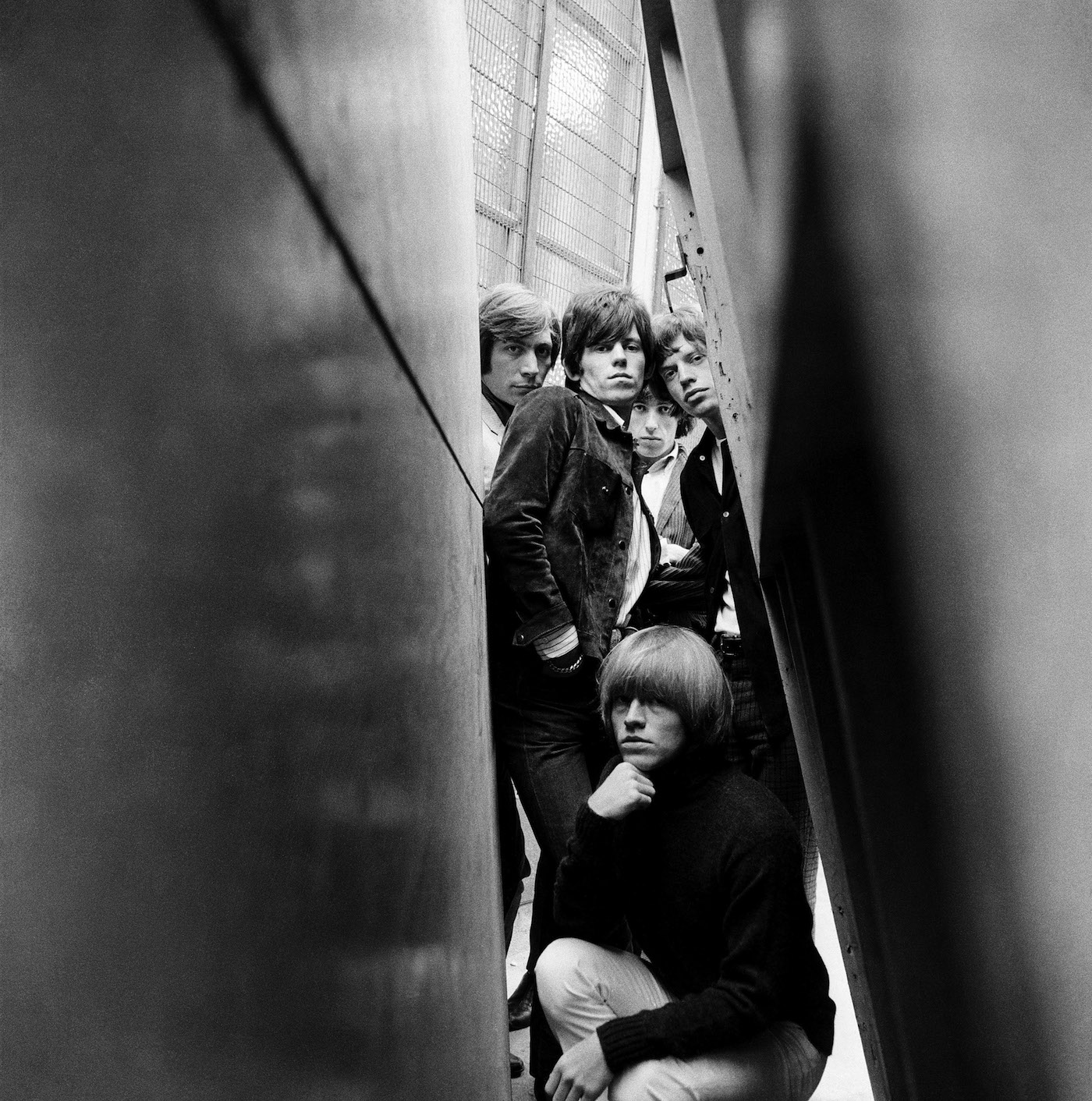
Now, the photographer has got behind another type of camera to explore the genre that he helped define, as executive producer and series curator of a new six-part documentary, Icon: Music Through The Lens, now screening on Sky Arts. For the show, Mankowitz teamed up with acclaimed music director Dick Carruthers, whose impressive visual archive also includes projects for The Rolling Stones, Led Zeppelin, Beyonce, The White Stripes, Paul McCartney and Black Sabbath, to name but a few.
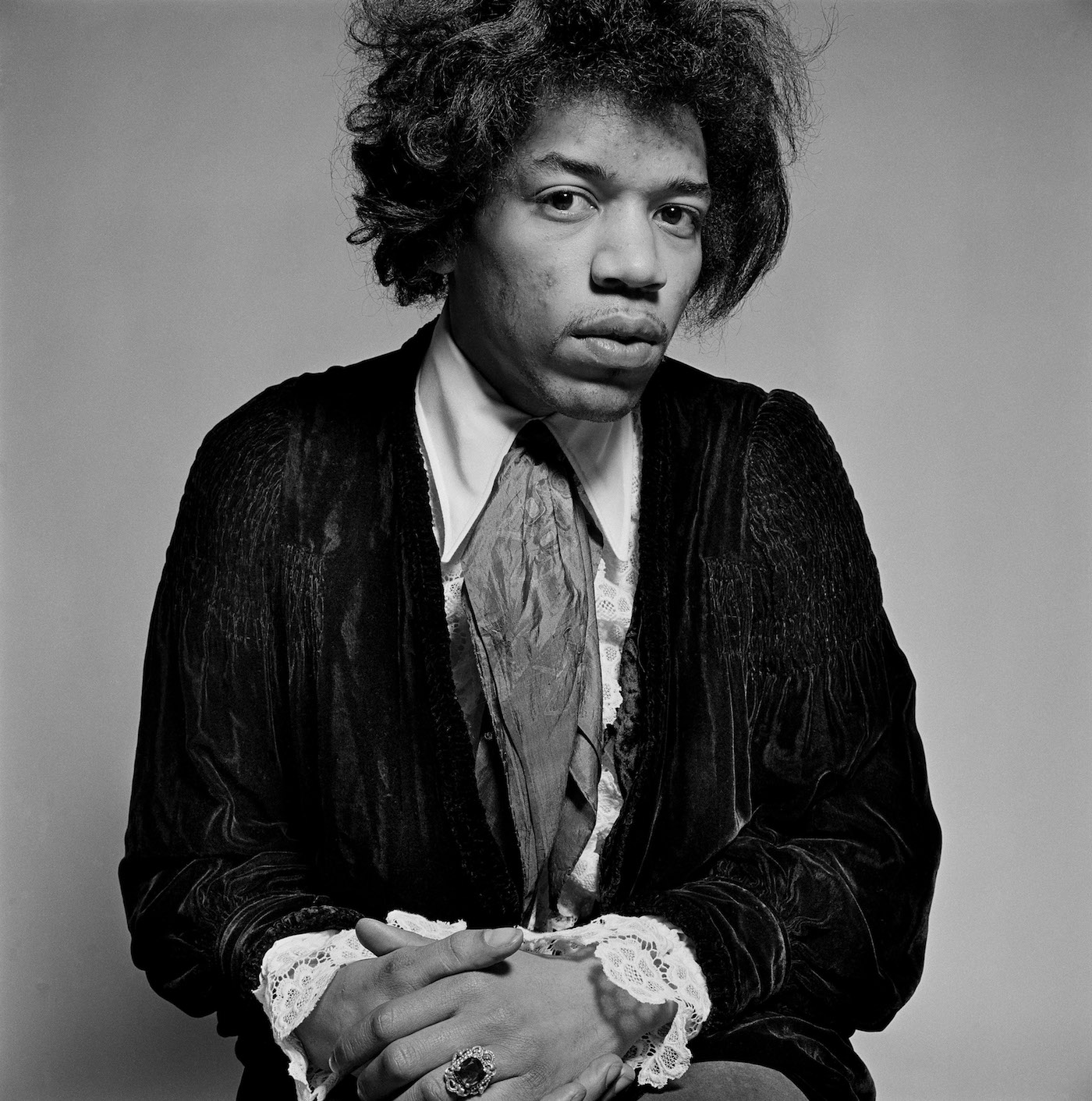
The new series turns the camera back on the art form to highlight the cultural impact of music photography through the decades. During each hour-long episode, guests including seminal photographers such as Terry O'Neill, Mick Rock and, of course, Mankowitz discuss a different a facet of the genre, from the evolution of the album cover to the changes brought about by the digital revolution.
The show elicits a wide range of emotions from viewers as we are reminded of the impactful and energetic images that have shaped the dreams of so many generations; photographs that capture the spirit and mood of youth culture through the decades, and that ultimately reflect the changing tides of society.
There are plenty of musical anecdotes to whisk you on a trip down memory lane too, such as Suede’s Brett Anderson discussing his love of Joy Division, and American photographer Deborah Feingold recalling the time she shot a fresh-faced Madonna sucking on a lollipop. “It was just a dance and she led,” Feingold says.
A free daily email with the biggest news stories of the day – and the best features from TheWeek.com
Mankowitz tells me more after “Zooming” me for a chat from his home studio in Cornwall. It’s a white space with just a few souvenirs that bear witness to a glittering career: a gold record gifted to him by British new romantic band ABC, and a guitar. “I can’t play it. I’ve never played it actually. I can’t even sing,” Mankowitz admits, adding, “I was showing it to someone last night because it has one of my Hendrix images on it.” Not an instrument, then, designed for any kind of hedonistic rock‘n’roll manhandling.
The photographer is keen to explain his very personal reason for embarking on this new project: “I think the genre of music photography has never been celebrated as it should have been. Icons explores of all kinds of music photography over the last 60 years, through the eyes of extraordinary photographers who are great storytellers. By the end of each programme, you’ve not only been entertained, you’ve got an education.”
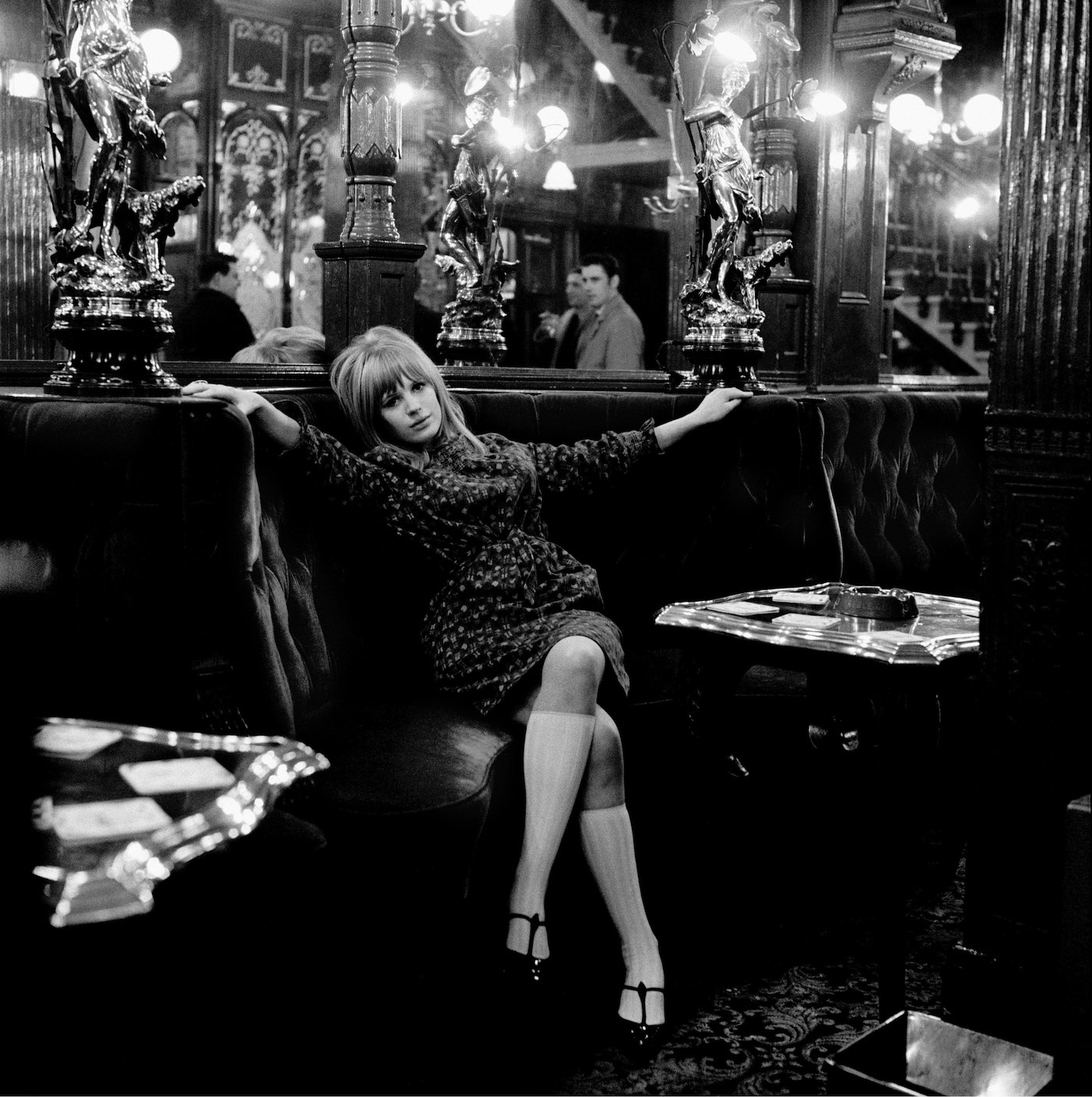
“I learned a few of things along the way too,” he adds. “One, that a surprising number of the photographers [featured in the series] started very young. Everyone says I was young when I started [Mankowitz was 15 when he began taking pictures professionally], but so was Bob Gruen, so was Laura Levine and Deborah Feingold. I was intrigued to learn that several photographers used to smuggle their cameras into concerts when they were teenagers. Two of them both talked about putting the lenses down their socks! Most importantly, though, I learned that I wasn’t alone in thinking this was the best job in the world.”
Mankowitz preferred to shoot his subjects in a studio rather than from the moshpit, but says that he never sought to befriend any of his starry sitters. “I’ve always wanted to keep things professional. For example, I was very close to the Stones [he was the band’s official photographer between 1965 and 1967] and we got on brilliantly, but I always knew my limit. I never crossed the line - asked for free tickets or a signed album - because that breaks the collaborative bond. Also, I didn’t need to hang out with them as I had a pretty wild 1960s lifestyle myself!”
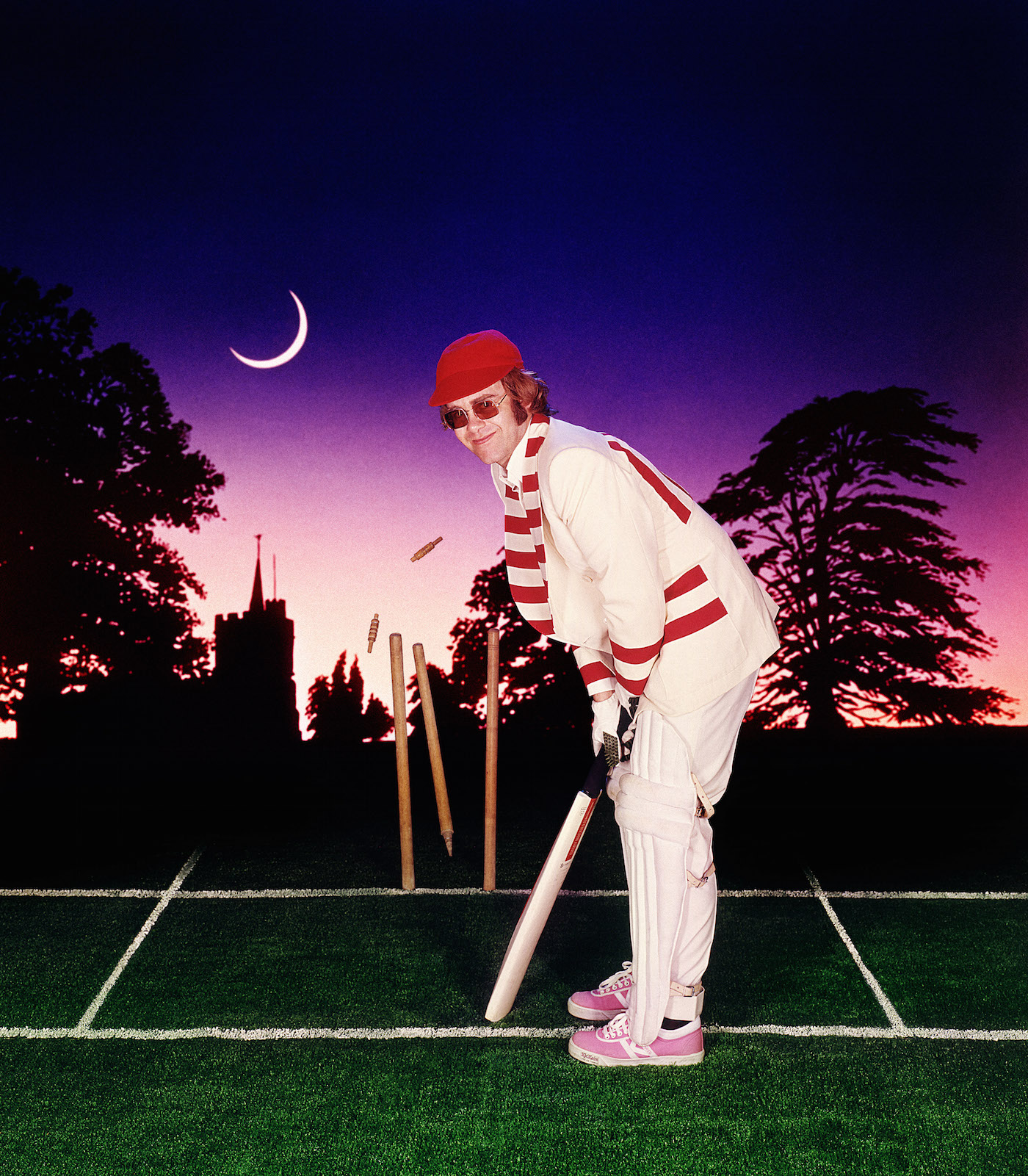
Given the breadth of his repertoire – from pop acts to heavy metal giants – it seems unlikely that Mankowitz has always “connected” with the musical exploits of his subjects. So how does he prepare for a shoot?
“I listened to the music and gathered as much reference material as possible. I’d try and meet them too. If it’s a band, I’d need to see how they interacted. There might be issues too, simple ones like someone blinking a lot, which you need to suss out. Then in the studio, I would have the lighting and background all set up before their arrival, so it would feel effortless to them. I used to feed people a lot too, because musicians are always hungry!
“The most important thing of all is to remember that most people don’t like having their picture taken. It’s wrong to assume that musicians, even gregarious ones, will be comfortable in front of the camera, because often they are not. When you are [photographing] a band, it’s very hard to make each member feel like they have a value, because someone invariably has to be at the front and someone has to be at the back. There is a lot of gentle manoeuvring that you need to apply.”
And what about those tricky subjects? Surely he’s had to grit his teeth along the way, shooting big personalities with huge egos. ”Well, you know, if I have had the misfortune of working with a total idiot, I’ve forgotten them. Life is much too short. The only one that sticks out is Bing Crosby and that’s a different story.
“I shot him for his record company [in 1977] For many different reasons, he was awful, really unpleasant. He wouldn’t cooperate in spite of us going to huge lengths to make him feel comfortable, following the requests of his management to a tee. He just wanted it all done in ten minutes. Sadly, it actually turned out to be his last photographic shoot, because he died a few days later.”
As our chat also draws to a close, I ask Mankowitz if he has any photographs he’s not prepared to share. “I have - and I’m going to tell you,” he says mischievously. His new series, however, does promise to lift the lid on more of his profession’s untold stories.
-
 11 hotels opening in 2026 to help you reconnect with nature
11 hotels opening in 2026 to help you reconnect with natureThe Week Recommends Find peace on the beaches of Mexico and on a remote Estonian island
-
 Zimbabwe’s driving crisis
Zimbabwe’s driving crisisUnder the Radar Southern African nation is experiencing a ‘public health disaster’ with one of the highest road fatality rates in the world
-
 The Mint’s 250th anniversary coins face a whitewashing controversy
The Mint’s 250th anniversary coins face a whitewashing controversyThe Explainer The designs omitted several notable moments for civil rights and women’s rights